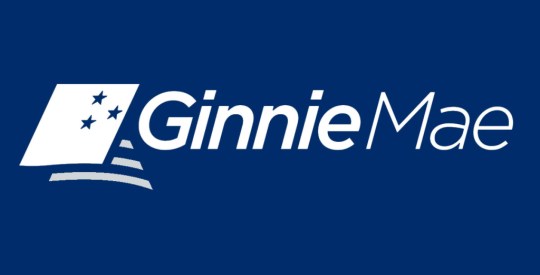A proposal that gained traction before dying in San Bernardino County, Calif., would have allowed the county to seize privately securitized mortgages to refinance them in an attempt to save underwater homeowners.
At least that’s how the plan was pitched last year before it was extinguished by county officials.
But a new blog from researchers at the Federal Reserve Bank of New York suggests such a plan would have proved to be ineffective anyway. Their reasoning for this conclusion is that many of the targeted borrowers have already benefited from either falling interest rates, loan modifications or voluntary prepayments and foreclosures.
To emphasize this point, researchers Andreas Fuster, Caitlin Gorback and Paul Willen with the Federal Reserve Bank of New York analyzed CoreLogic data on the securitized loans that would have been impacted if San Bernardino County had accepted the eminent domain proposal. The Fed Bank researchers thought it necessary to analyze the data since other counties are now mulling over similar plans.
The researchers analyzed loan performance data on privately-issued non-agency mortgage securitizations tied to San Bernardino County. About 456,000 were first-liens, based on CoreLogic research. Another 280,000 are considered subprime, while 142,000 are Alt-A.
About 34,000 of the underlying loans are classified as prime jumbos. Eighty-five percent were originated from 2003 through 2007, with 70% classified as adjustable-rate mortgages.
As of August 2012, when the sample was pulled, the researchers found that “few loans were still open” when analyzing mortgages that would have been targeted through the eminent domain proposal. And out of all the loans potentially impacted, only 15%, or 68,000, have yet to enter into voluntary prepayment or foreclosure.
Another 275,000, or 60%, have prepaid voluntarily and 112,000 have either been foreclosed on or are currently in foreclosure proceedings, the researchers said.
And of the loans still open, 76%, or 51,500 mortgages, are still current. Another 5,000 are thirty-days delinquent and 11,500 (or 17%) are 60 or more days late, according to CoreLogic data.
The bad news is a collapse in the local real estate market means only 11% of the remaining borrowers in the segment are not underwater, leaving the rest upside.
However, borrowers in this segment are benefiting from exceptionally low interest rates, the researchers concluded.
“Nearly 70% of ARMs and 30% of FRMs now have lower payments than they did at the end of 2007, and, as the next chart shows, the declines have often been substantial, with about one-third of ARM borrowers now having a scheduled payment at least 40% lower than they had five years ago,” the research team wrote.

Considering the pool of potentially impacted loans has shrunk in San Bernardino County and the remaining borrowers are benefiting from low interest rates, loan mods and rising home prices, the Fed report steered clear of endorsing eminent domain as a rescue plan.
In their blog, the researchers concluded that “facts such as those presented here should be important considerations in the cost-benefit analysis of the eminent-domain idea or related proposals.”



